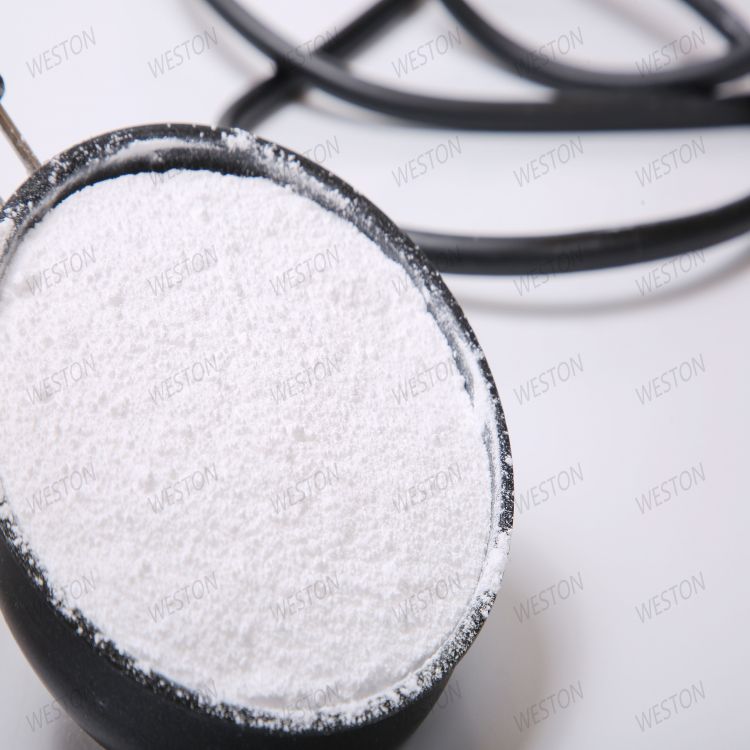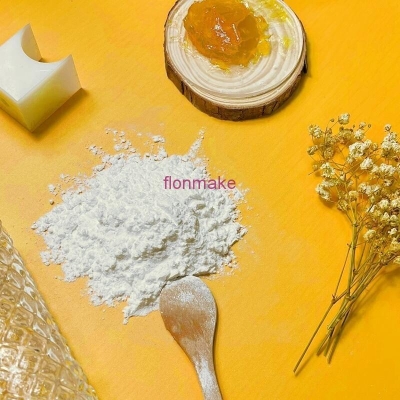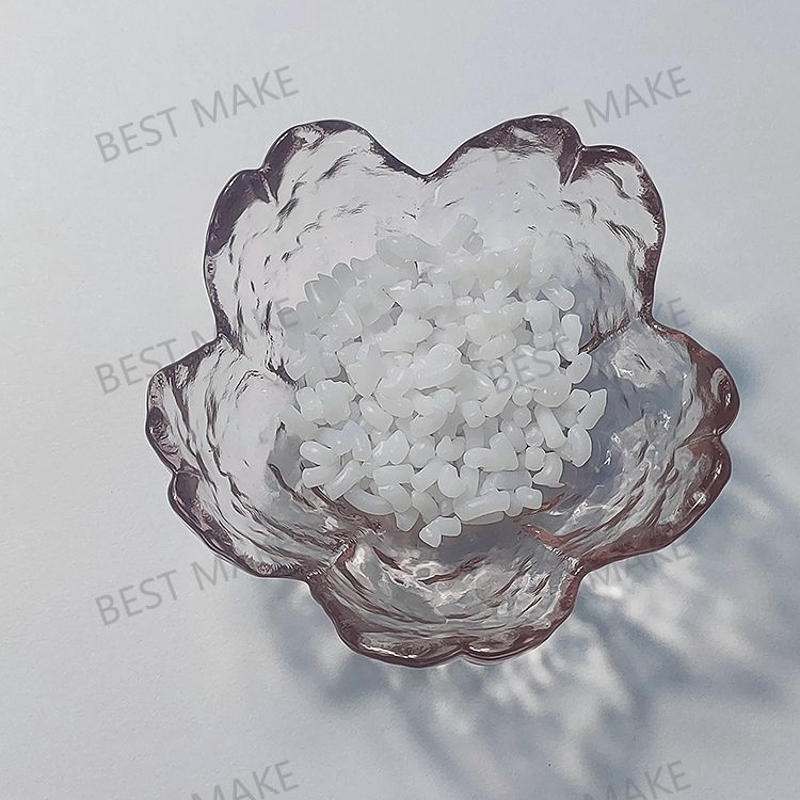-
Categories
-
Pharmaceutical Intermediates
-
Active Pharmaceutical Ingredients
-
Food Additives
- Industrial Coatings
- Agrochemicals
- Dyes and Pigments
- Surfactant
- Flavors and Fragrances
- Chemical Reagents
- Catalyst and Auxiliary
- Natural Products
- Inorganic Chemistry
-
Organic Chemistry
-
Biochemical Engineering
- Analytical Chemistry
- Cosmetic Ingredient
-
Pharmaceutical Intermediates
Promotion
ECHEMI Mall
Wholesale
Weekly Price
Exhibition
News
-
Trade Service
4 Test method
The reagents and water used in this standard, unless other requirements are specified, use analytical reagents and distilled water or water of equivalent purity
The standard solutions, preparations and products used in this standard shall be prepared in accordance with the provisions of GB/T601 and GB/T603 when other special requirements are not indicated
4.
According to GB3143 regulations
4.
Carry out in accordance with the provisions of 2.
Convert the measured density p t at a temperature of 16°C to 40°C into the density P 20 at 20°C, and P 20 is calculated according to formula (1)
P 20 =p t +0.
Where: P 20 —the density of laboratory samples at 20°C, g/cm 3 ;
p t —the density of laboratory samples measured at 16℃~40℃, g/cm 3 ;
t—The temperature when the density of the laboratory sample is measured, ℃;
0.
Take the arithmetic average of the two parallel determination results as the determination result, and the difference between the two parallel determination results shall not exceed 0.
4.
According to GB/T7534 regulations
4.
Take 100mL±1.
Take the arithmetic average of the two parallel determination results as the determination result, and the difference between the two parallel determination results shall not exceed 0.
4.
4.
5.
1 Method summary
The acid or alkali in the laboratory sample is extracted with water to separate the layers, and the water layer is extracted, and titrated with sodium hydroxide or hydrochloric acid standard titration solution to obtain the acidity or alkalinity
.
4.
5.
2 Reagents and solutions
a) Sodium hydroxide standard titration solution: c(NaOH)=0.
01mol/L;
b) Hydrochloric acid standard titration solution: c(HCl)=0.
01mol/L;
c) Bromothymol monitoring indicator solution: 1g/L;
d) Water: Adjust the pH to 6.
6~7.
0 with 0.
01mol/L sodium hydroxide or 0.
01mol/L hydrochloric acid standard titration solution
.
4.
5.
3 Apparatus
General laboratory equipment
.
4.
5.
4 Analysis steps
Measure 50mL±1.
0mL laboratory sample and 100mL±1.
0mL water in the separatory funnel with a graduated cylinder, vigorously shake for 3min (about 200 times), after standing for stratification, use a pipette to draw 50mL of the water layer into the triangle Add 5 to 6 drops of bromothymol blue indicator solution to the bottle.
If the solution is acidic, the solution will be yellow
.
If the solution is alkaline, the solution is blue
.
If the solution is neutral, the solution is green
.
The solution is acidic: under magnetic stirring, titrate with 0.
01mol/L sodium hydroxide standard titration solution until the color turns blue, which is the end point
.
The solution is alkaline: Under magnetic stirring, titrate with a 0.
01mol/L hydrochloric acid standard titration solution until the color turns yellow, which is the end point
.
The solution is neutral: Treat the solution as acid
.
4.
5.
5 Calculation of analysis results
The mass percentage X of acidity (calculated by HCI) or alkalinity (calculated by NaOH) is calculated according to formula (2):
Where: V—the volume of the standard titration solution of sodium hydroxide or hydrochloric acid consumed by the sample, mL;
C— The actual concentration of sodium hydroxide or hydrochloric acid standard titration solution, mol/L;
V—volume of laboratory sample, mL;
P—The density of laboratory samples, g/cm;
E— The mass of hydrochloric acid in grams equivalent to 1.
00mL sodium hydroxide standard titration solution [(c(NaOH)=1.
000mol/L] .
Or with 1.
00mL hydrochloric acid standard titration solution [c(HCl)=1.
000mol/L] L] The equivalent mass of sodium hydroxide expressed in grams .
When the solution is neutral, report the result with an acidity not greater than 0.
001%
.
Take the arithmetic average of the two parallel determination results as the determination result, and the difference between the two parallel determination results shall not exceed 0.
0005%
.
4.
6 Determination of moisture
Use a pipette to draw 10 mL of laboratory sample
.
Other operating conditions shall be carried out in accordance with the provisions of GB/T6283
.
Take the arithmetic mean of the two parallel determination results as the determination result, and the difference between the two parallel determination results shall not exceed 0.
005%
.







